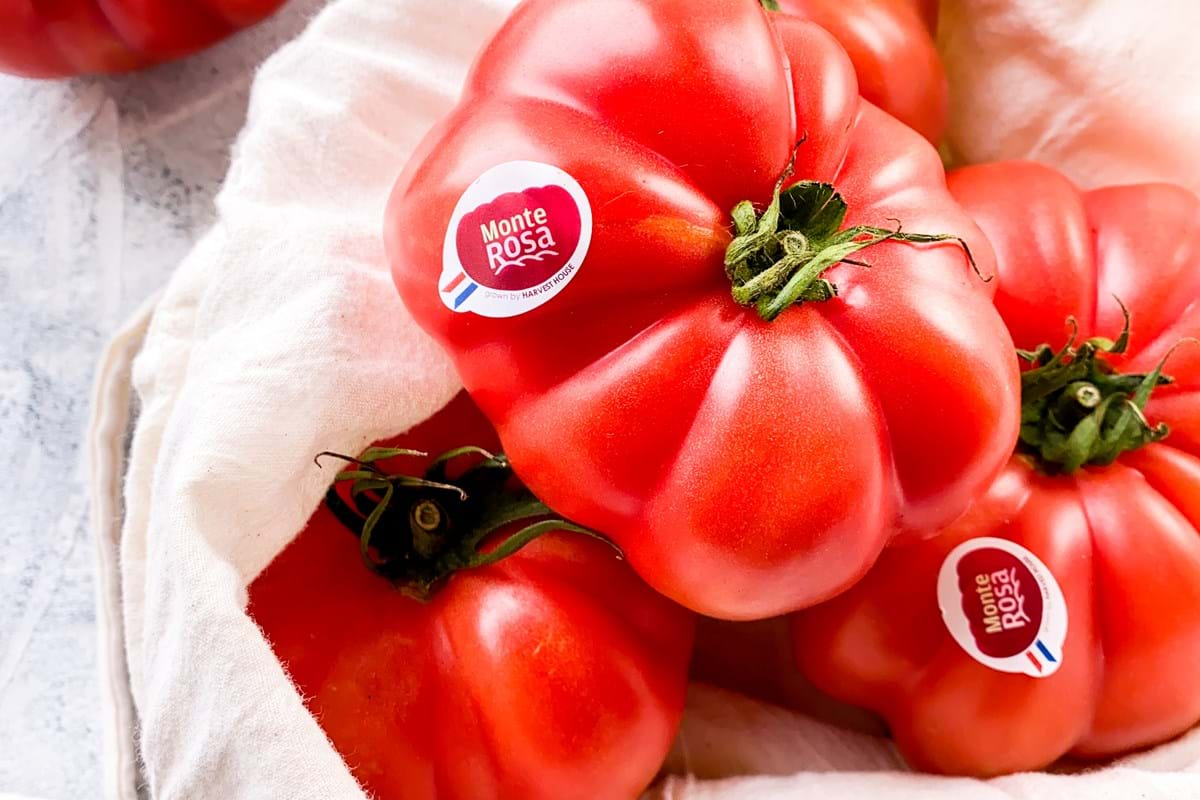The new year has already started for a while. Nevertheless, we will briefly look back at the eventful year that lies behind us. Retail was in the plus, but for other sectors, it was and is tough. 2020 was the year in which we rolled up our sleeves together and made top-quality vegetables available. The year in which the category experienced significant growth. Will this growth continue into 2021? And what plans does TNI have this year? We will continue to monitor developments closely and will take you along in this. Next year TNI still has enough plans to continue to grow together.
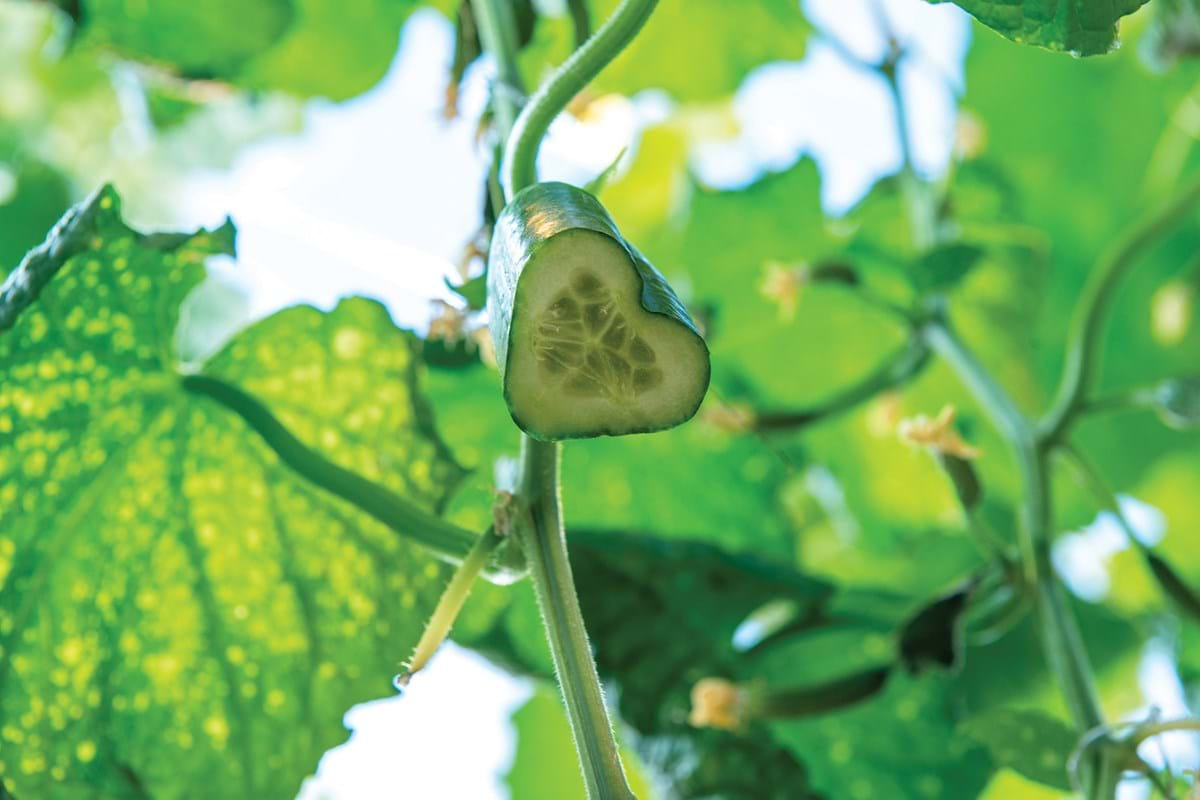
Health is high on the agenda
A healthy lifestyle starts with a healthy diet. That is now more important than ever and vegetables contribute to this. We saw that in the figures for 2020. Last year fruit and vegetables made a huge leap and together. We achieved unprecedented growth compared to 2019. This is mainly due to growth in volume. All three product groups of tomatoes, bell peppers, and cucumbers have contributed to this. Consumers bought fruit and vegetables more often. In addition, the number of buyers has grown. There are more and more households that buy fruit vegetables in the supermarket (Kantar 2021).
Health will remain high on the agenda in 2021. The current Corona measures are expected to continue to be in effect for some time and this will also affect our category. The consumer also has an influence on this because this year too, consumers will opt for healthy vegetables, including peppers, tomatoes, and cucumbers. Since the outbreak of the Covid-19 pandemic, consumers have become increasingly aware of their health and the role that food plays in it. Retailers have already taken various initiatives to help consumers choose a healthy lifestyle. This will be given even more priority in the coming year. We will see more retailers educate and inform their shoppers and reward healthy lifestyles and good behavior. This includes both the physical and mental health of the consumer. Think of nutrition, but certainly also exercise. Personal health will therefore become increasingly important, but ultimately affordability can take precedence during an economic downturn (IGD global retail 2021).
In the coming period, we will take you on our mission to make top quality vegetables available and to entice people to eat more vegetables. We have already taken significant steps, but we are certainly not there yet. We do it together with our partners. Together with them, we contribute to the growth of the shelf, but especially to a healthy lifestyle.
Sustainable growth at our growers
TNI is full of plans to keep moving forward again in the new year and to keep innovating. We not only deliver the fresh vegetables of today but also think about attractive concepts and new products for tomorrow. We do this by standing side by side with our partners: growers and retailers.
Our growers are not sitting still and are always looking for new ways to grow. The acreage of our growers will grow from 1031 ha in 2020 to 1092 ha greenhouse horticulture in 2021. They use the most modern cultivation methods in the greenhouses to grow even more sustainably. Think of illuminated cultivation, new varieties, modern cultivation techniques, robots in the greenhouse, digital scouting, new greenhouses, desalination of seawater in Tunisia, and the footprint of our products. In the coming year, we will further explain a number of these projects in the newsletter. Today we will tell you more about the footprint of our products and how we calculate it.
How sustainable are our products really? We would like to know that. That is why we have started a pilot project with EcoChain together with Harvest House and three of our growers. EcoChain facilitates a calculation method to calculate the exact footprint of our products. We use the HortiFootprint calculation rules (HFCR) that have been developed by WUR and are in line with the program of the European Commission. With these rules we calculate the objective score of the footprint of a kilo of tomatoes, peppers, and cucumbers. Our analysis is very broad. From modern cultivation in the Netherlands to the basic greenhouses in Tunisia, a total of 7 cultivation locations are examined in this pilot.
EcoChain's calculation method takes a very broad spectrum of sustainability characteristics into account for an objective comparison. We map sustainability from seed to shelf. With this, we want to set the standard for the horticultural sector. We expect the first scores from EcoChain back soon. We hope to gain interesting insights from that. Our wish is to ultimately have the score of all growers and all our products mapped out.
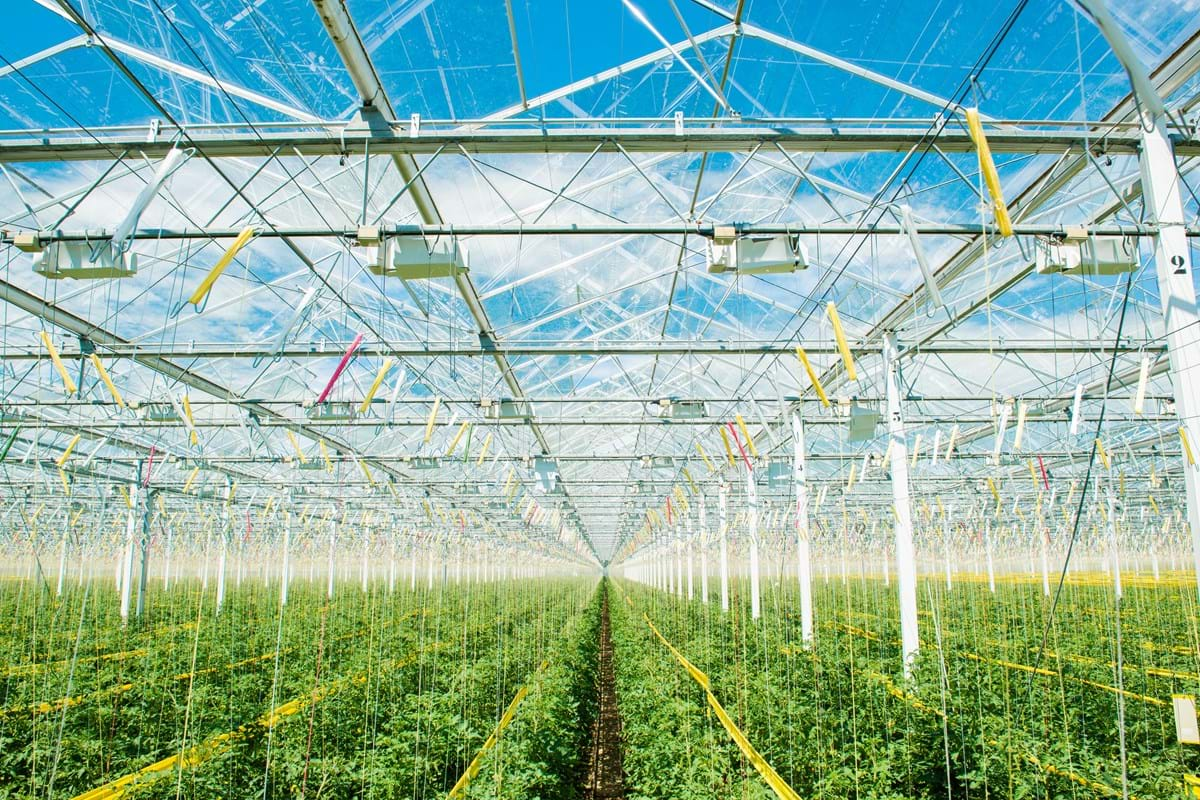
"We want to know how we score"
“Of course, we want to know how we score in the field of sustainability,” says Hugo Wassenberg. He is the project leader of the pilot with EcoChain at our grower CombiVliet. “Whether we grow sustainably is not a question, but we can now calculate how sustainable it really is. Moreover, these are great data to share with our customers, but also with our suppliers. In recent weeks we have provided all kinds of information about our cultivation. This ranges from energy consumption to the use of fertilizers and crop protection, but also to waste processing and the building structure of the greenhouse. That all plays a role in the sustainability score. Once the score has been calculated, we can start comparing it with our fellow growers in this pilot. I hope we can learn from each other how we can do things even better.”

Christmas donations for the Red Cross
We made a nice donation to the Red Cross in December. For every gift we have given to our customers, TNI has transferred a nice amount to the Red Cross. In this way, we support their good work together! Because not only do we contribute to a healthy life with our vegetables, we also like to contribute in other areas. That is why we wholeheartedly support The Red Cross, which is committed worldwide to prevent the further spread of the Coronavirus and to support the most vulnerable in our society. Earlier this year, we were able to donate a nice amount to the Red Cross thanks to the sale of special promotional tomato packaging. We gave a nice follow-up to this with our Christmas care package campaign.
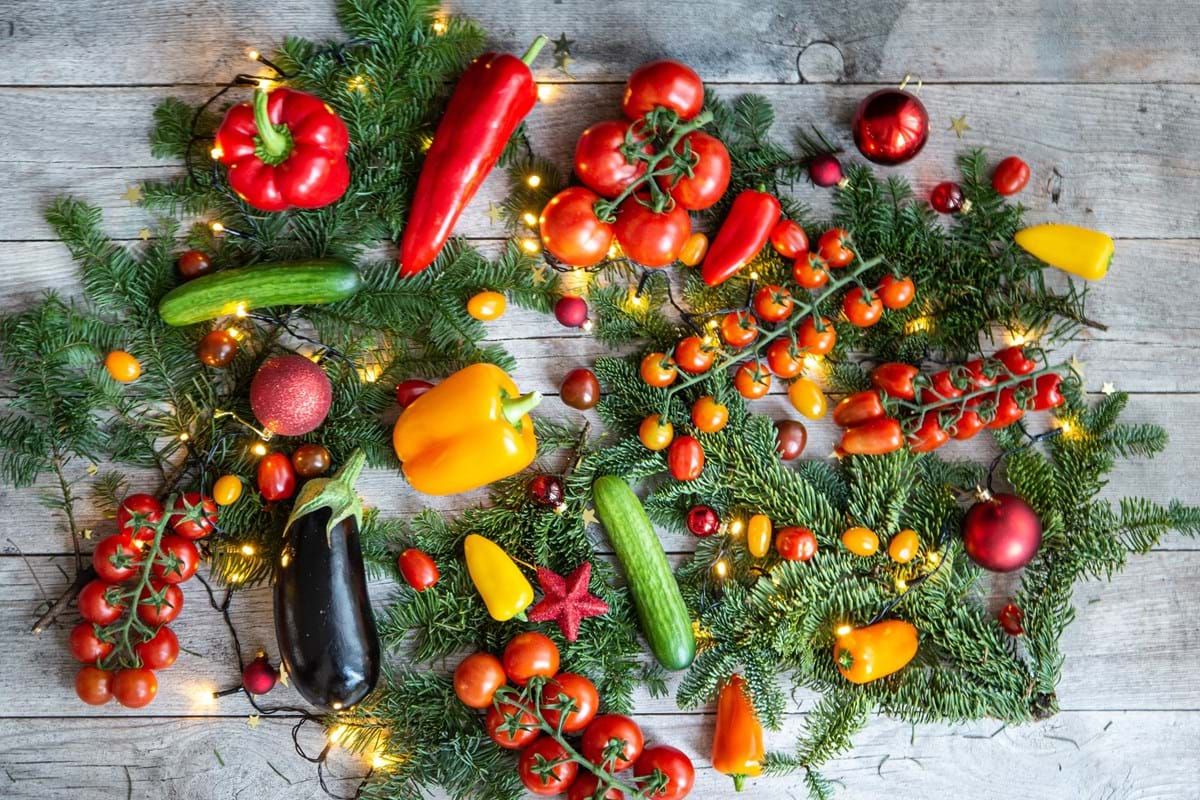
New: Yellow mini cherry vine tomatoes
We have a new product in our product range, the yellow mini cherry vine tomato. The tomatoes of the Starlor variety are grown by Combivliet and are available from week 12. They have a nice vine shape, a crunchy bite and a fresh sweet taste. A tasty tomato to snack or to give your salad extra color!
The tomatoes are grown in a limited area this year and have limited availability. Are you curious? Request a sample from your contact person.
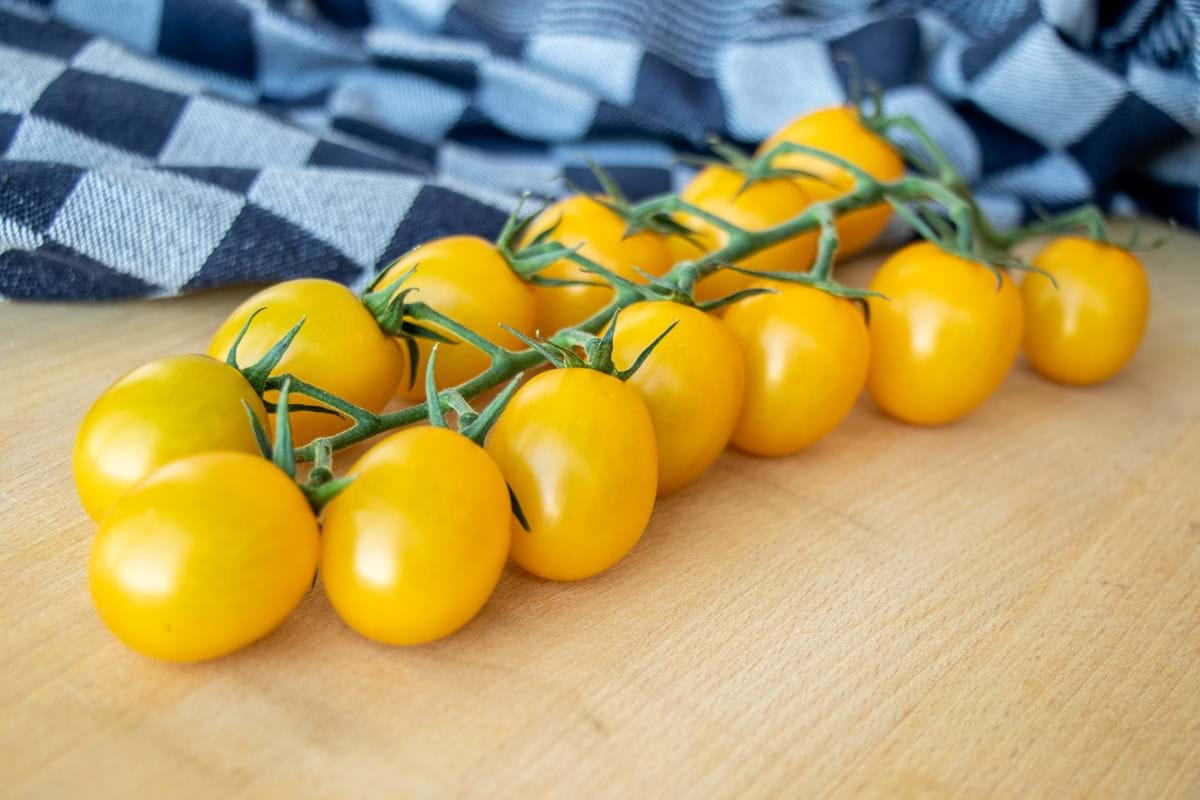
Monterosa is here to stay
We are proud that the Monterosa tomato has now conquered a permanent place in our range. For the third year in a row, we offer this special tomato. The Monterosa is the pick of the crop when it comes to tomatoes. The unique color and ribbed shape create an eye-catching presentation. This tomato is juicy with a slightly spicy aroma. A perfect combination of taste, texture, and shape.
This year, the Monterosa acreage at Harvest House is expanding from 6,000 m2 to 8,500 m2. In addition to the well-known pink variety, we are adding extra color this year with the yellow and orange Monterosa. These unique tomatoes are available from week 15.
